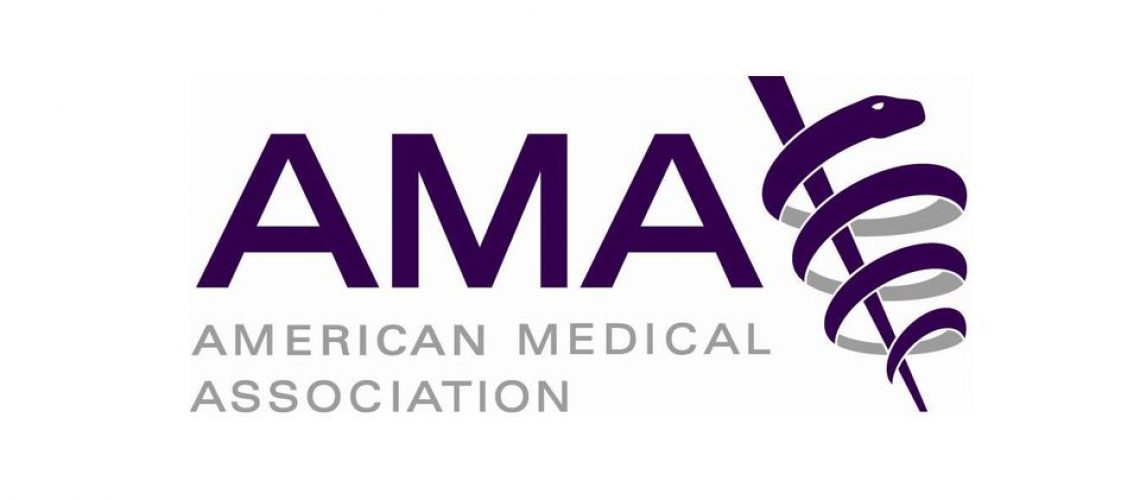The COVID-19 pandemic sparked rapid growth in the use of telehealth, and what’s perhaps most surprising to seasoned experts on telemedicine is how smoothly the transition has fared for so many patients and physicians.
“The one thing that we can all say we have achieved at this point is we brought the doctor’s office into the home successfully,” said AMA member Joseph Kvedar, MD, senior advisor of virtual care at Mass General Brigham in Boston, a nonprofit hospital and physicians network that includes Brigham and Women’s Hospital and Massachusetts General Hospital.
Dr. Kvedar also is president of the American Telemedicine Association and made his remarks during the Telehealth Initiative virtual boot camp. “We should be proud of that because a lot of things could have gone wrong and not many really did.”
The Telehealth Initiative—a collaboration between the AMA, The Physicians Foundation, Florida Medical Association, Massachusetts Medical Society and Texas Medical Association—helps physicians implement telehealth services. This initiative is especially important during the current COVID-19 pandemic to support physicians in their shift to telehealth models to reduce exposure and minimize surges in care facilities.
Yet many physicians are still searching for advice on how they practice telemedicine at its most effective. In a panel discussion during the Telehealth Initiative virtual boot camp, led by AMA Director of Chronic Disease Prevention Kate Kirley, MD, three physicians shared best practices for physicians to follow when implementing and using telehealth.
Get the basics right
One key is for physicians to make sure they understand “how to interact over the video,” said Ami Bhatt, MD, director of adult congenital heart disease program at Massachusetts General Hospital in Boston.
This is where a checklist might help physicians when preparing for telehealth visits with their patients. For example, “make sure you don’t have a lot of backlight, make sure you’re on Wi-Fi as well as on your network,” said Dr. Bhatt. “We do some of those basics because if providers get frustrated with the technology, then they won’t continue with it.”
Make sure patients can connect
“We have medical assistants as part of our workflow who are calling patients in advance,” said Dr. Bhatt. “They play the role of making sure that patients can get on and get on successfully before they’ve even gotten to their physician visit.”
At the same time, medical assistants should ask patients if they have BP monitors, a scale and other tools to enhance their virtual experience. If so, patients will be asked to upload the data prior to their telehealth visit.
In a recent episode of the “AMA COVID-19 Update,” experts share how to help patients manage high blood pressure remotely.
Dress professionally
“I’m seeing patients from home, but you should dress professionally,” said Lawrence Garber, MD, medical director for informatics at Reliant Medical Group in Worcester, Massachusetts. Reliant Medical Group serves more than 500 physicians and health professionals while caring for over 320,000 patients.
One thing Dr. Garber does is to wear his ID badge. That adds to the patient’s sense that “you’re in the office.”
Have a backup plan
“When we book appointments, we ask the patients to give us their phone number because you need to have a backup plan,” said Dr. Garber. “We do have the medical assistant calling in and getting them into the visit, and we use that phone number, but also if during the visit something goes south, you want to be able to contact them.”
“We’ve also found it useful to have a, a backup video solution,” he said. “We actually have two video solutions. One is our primary, but if you know that one’s not working, which as everyone’s seen over the last few months, sometimes the different technology vendors are down. It’s nice to have a backup plan that you can use.”
Create in-depth conversation
When conducting a telehealth patient visit “a good web-side manner” is essential, said Vimal Mishra, MD, director of digital health at the AMA and medical director of telehealth at VCU Health in Richmond, Virginia. “A really critical part of the conversation is: How will you engage your patient?”
“Approximately eighty percent of our diagnosis could be made with a patient’s history,” said Dr. Mishra, adding that an effective telehealth visit is all about “having in-depth conversation and eliciting a good medical history.”
Initiate virtual visit after hospital stay
When a patient is discharged from the hospital, scheduling a telehealth visit can help improve outcomes.
“At my institution, each patient admitted to hospital medicine service is offered a post-discharge virtual visit—two to three days after discharge—to ensure patients have transitioned back home safely, are taking the right medications and all loose ends are tied,” said Dr. Mishra, adding that this increased patient satisfaction, safety and decreased readmissions.
The AMA has developed a Telehealth Implementation Playbook that is designed to support efficient, successful implementation of telemedicine so that physicians, care teams, patients and the broader community can experience the benefits of telehealth in practice.
——————————————————
Photo courtesy of: American Medical Association
Originally Published On: American Medical Association
Follow Medical Coding Pro on Twitter: www.Twitter.com/CodingPro1
Like Us On Facebook: www.Facebook.com/MedicalCodingPro







